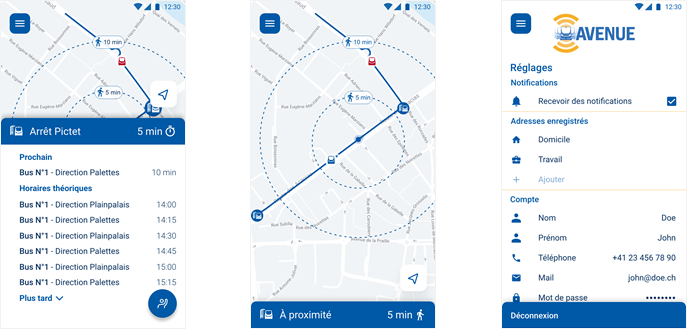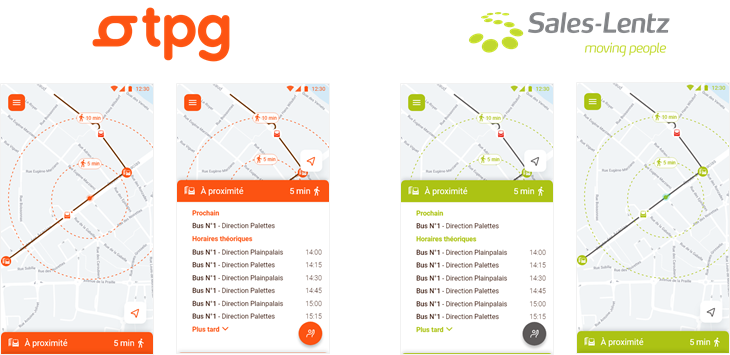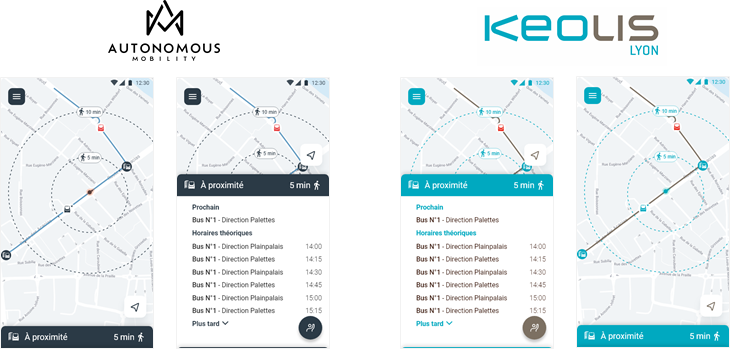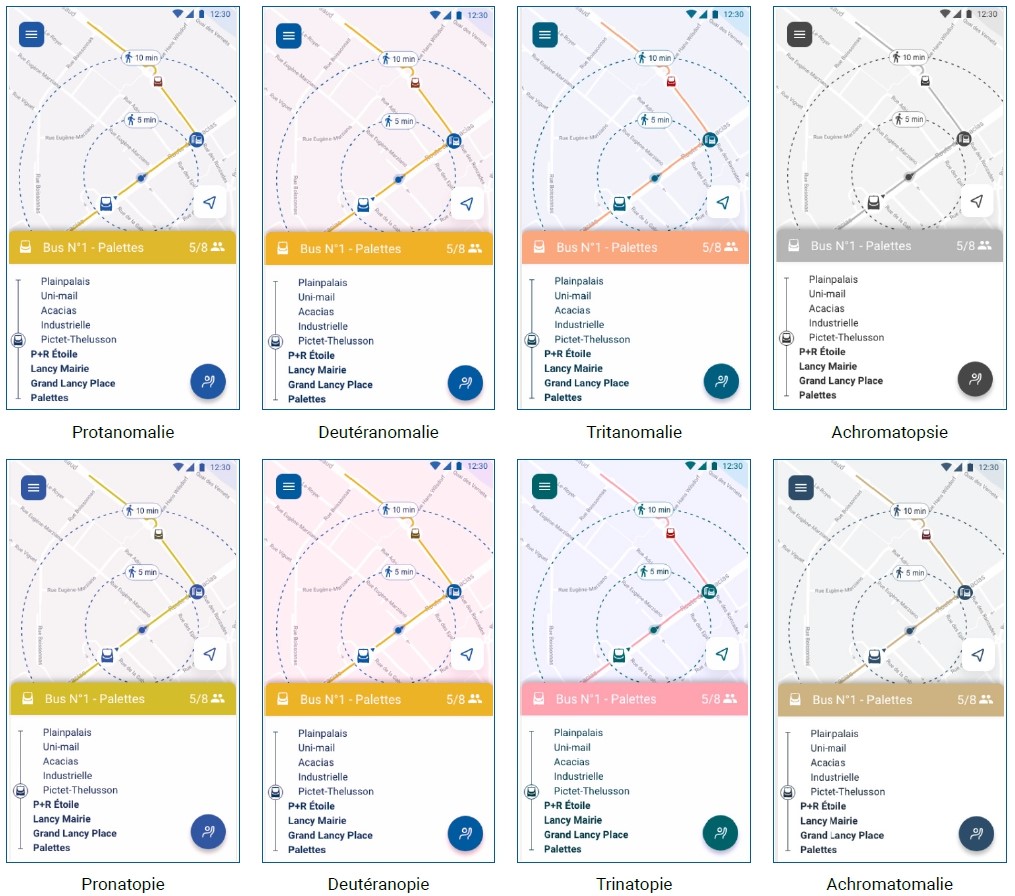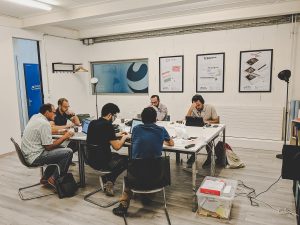Conclusion - Design Sprint - A proven use case
Results
The result of a sprint can vary according to the challenge, but also according to the results of the interviews. It is possible that the result leads to a new idea and therefore to a new sprint or a reorientation of the initial idea. These cases are not considered a failure, but an opportunity, because the problem will have been identified in a very short time, compared to the full development of an MVP to wait to see the reaction of users.
Finally, in the majority of cases, the result of the sprint allows to obtain:
Finally, in the majority of cases, the result of the sprint allows to obtain:
- The precise list of the various actors of the system and their different interactions with it
- A prototype of the service and a suitable test procedure
- Initial feedback of tests performed by target users of the service
- A first analysis of these feedbacks
- A clear roadmap of the next steps to carry out your project
- A list of the points or questions to be solved before the development of the project
All of these results will then allow you to easily establish precise specifications enabling a development company to carry out the project and focus only on the main functionalities validated by the users. In this way, it is possible to optimize the costs, to reduce the number of iterations for the creation of the product and to obtain a tested and validated solution which answers a real need.
And now what are we doing?
A frequently asked question concerns the sequence of events.
Indeed, many of our customers ask us what are the steps following a Sprint. Do we have all the information needed to start the development? Should we do the design before? And more legitimate questions that the Sprint helps to contextualise and prioritise.
The truth is: it depends!. Do you have an in-house design team? Do you have to be accountable to investors?
There is not only one way to do it. For us, in the AVENUE project, we continued our efforts starting with Design. Indeed, one of the prerequisites imposed by the project is to focus on accessibility issues on the one hand, but also to have four variations of this application. One for each public transport partner of the project.
Indeed, many of our customers ask us what are the steps following a Sprint. Do we have all the information needed to start the development? Should we do the design before? And more legitimate questions that the Sprint helps to contextualise and prioritise.
The truth is: it depends!. Do you have an in-house design team? Do you have to be accountable to investors?
There is not only one way to do it. For us, in the AVENUE project, we continued our efforts starting with Design. Indeed, one of the prerequisites imposed by the project is to focus on accessibility issues on the one hand, but also to have four variations of this application. One for each public transport partner of the project.
What came next for our AVENUE project?
The design
As explained above, we started with the design. Given the constraints, it was essential to minimize adaptation costs to create a simple design that could be adapted to the graphic charters of each PTO (Public Transport Officer).
Here is the graphic line of AVENUE:
Here is the graphic line of AVENUE:
Declined by increasing the contrasts for accessibility reasons:
Then, a version per public transport:
Then we analysed these interface with colorblind variations:
The development
Once the entire consortium of the European project (which in the case of a company corresponds to the management committee) validated the designs , we started the actual developments. But this is outside the scope of the Sprint and will be the subject of future articles devoted entirely to the AVENUE project and its implementation.
The Sprint experience from the eyes of our participants
We are very proud of the results obtained during the Design Sprints already completed. Here is a selection of comments received from our participants.
”L'émergence d'un prototype qui repose sur une réflexion commune”
EN - The emergence of a prototype that is based on a common reflection
”Grâce à une réelle coopération nous sommes arrivés à un résultat auquel je n’avais pas pensé au départ”
EN - Thanks to real cooperation, we arrived at a result I had not thought of at the beginning
”Concept intéressant. à vivre au moins une fois”
EN - Interesting concept. to live at least once
”Story telling, capacité à fédérer des acteurs hétéroclites”
EN - Story telling, ability to federate heteroclite actors
”D'être arrivé à un concept et à un prototype suffisamment aboutis pour nous permettre de convaincre nos parties-prenantes (investisseurs et premiers clients)”
EN - To have reached a concept and a sufficiently mature prototype to enable us to convince our stakeholders (investors and first customers)
Stay informed
Follow us on LinkedIn.


